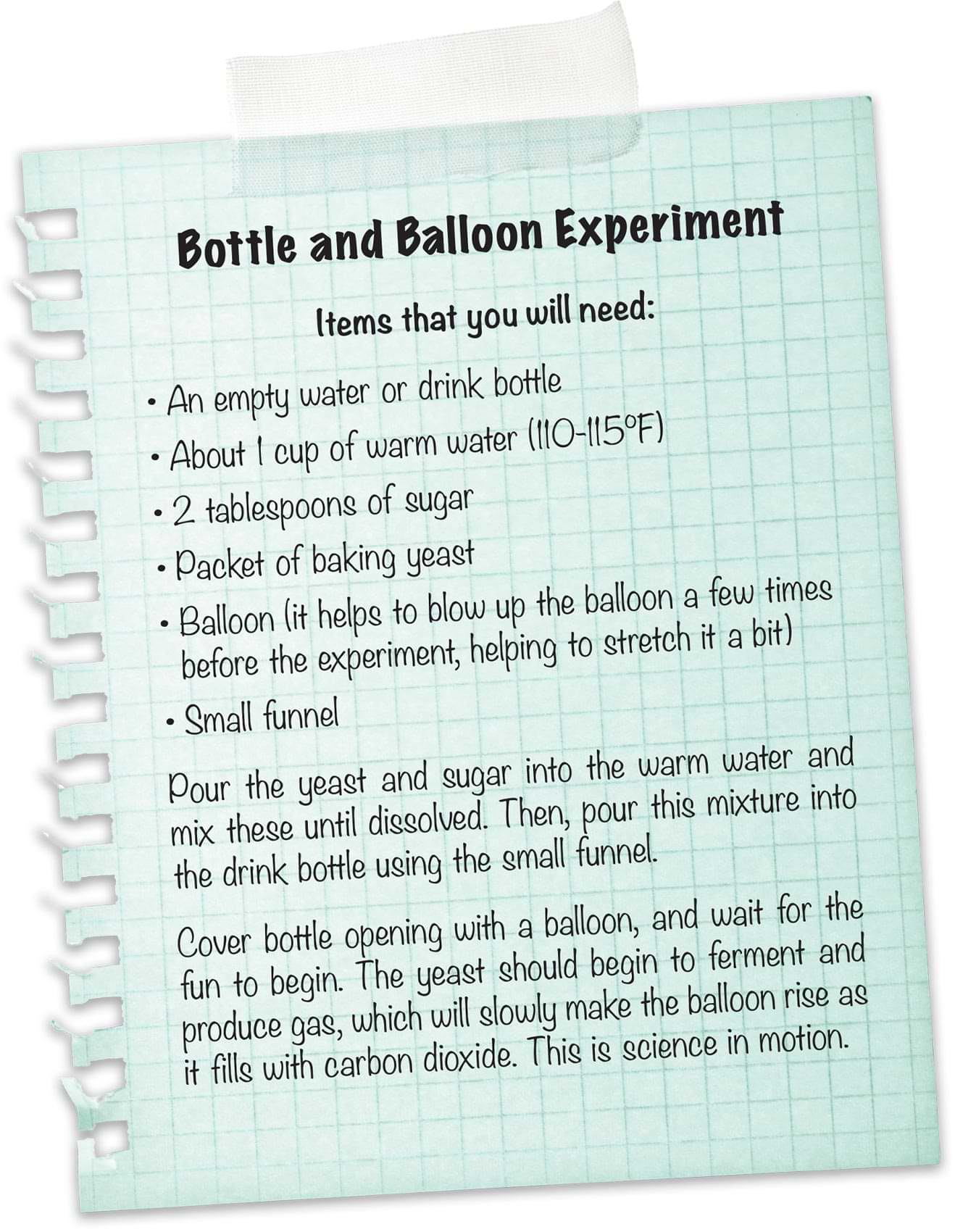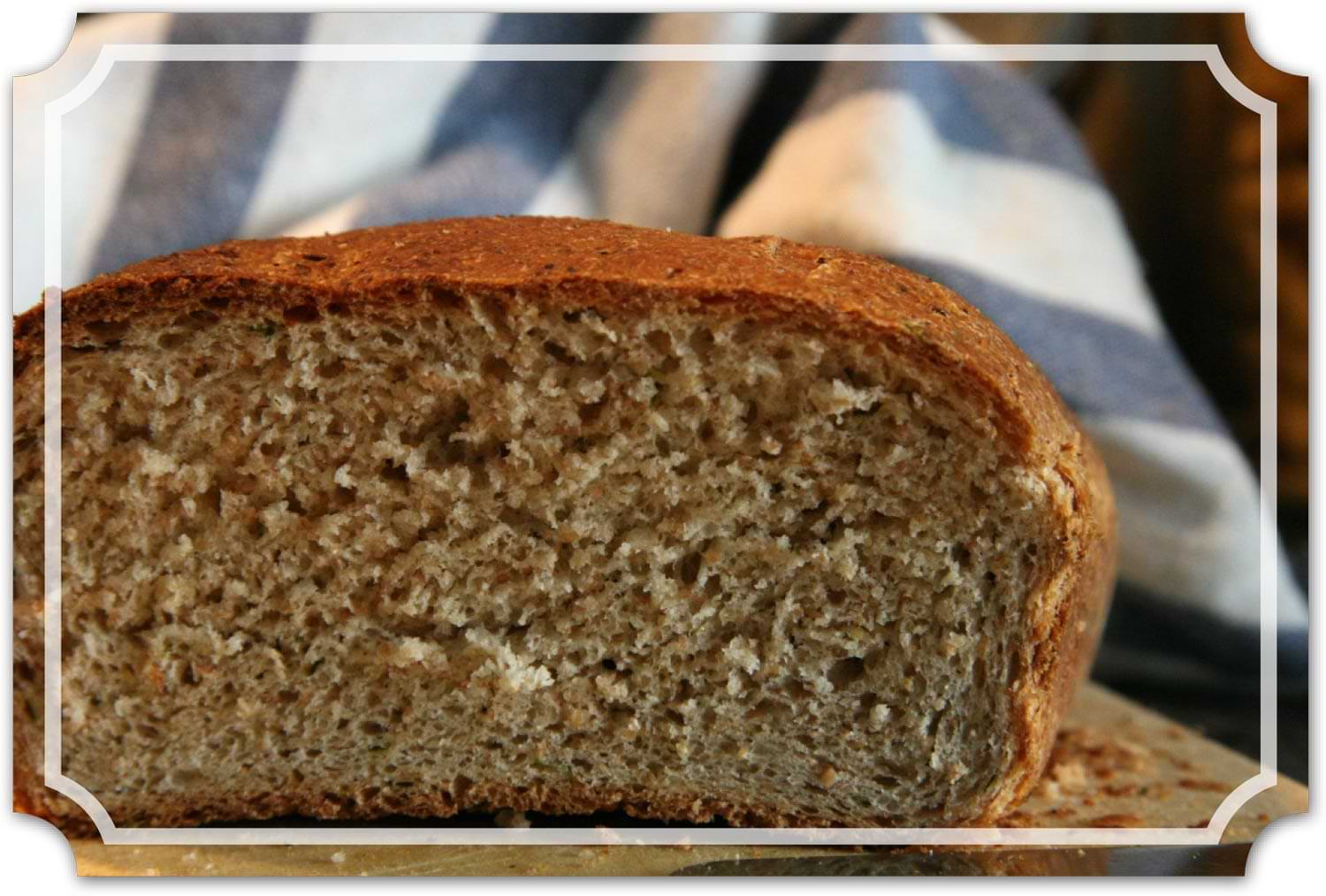Amanda Bennett
Amanda Bennett
The science of yeast has astounded kids for generations, and now is the time to show them how it works!
old weather is here, and the time is ripe for some indoor science. This season is a great one for baking experiments that the whole family can enjoy. Bread, yeast and kids always bring out fun as well as plenty of fascination. Don’t be surprised to hear comments along the lines of “You mean that yeast creates gas, too?”
The science of yeast has astounded kids for generations, and now is the time to show them how it works in bread, along with a bit of baking and tasting, of course. Ask your children a few questions to find out what they already know:
What can they tell you about bread? What are their favorite kinds of bread? What makes some kinds of bread light and fluffy?
Bread goes way back in the history of civilization and has played a key role in the daily lives of people around the globe. Did you know that bread is mentioned 255 times in the NIV version of the Bible? One of the earliest memories of the idea of yeast for many children is in the story of the Israelites preparing to flee Egypt, after the first Passover:
The next questions are usually “What difference does yeast make?” and “What is yeast?”
Fungi are neither plants nor animals—they have a classification all their own. Like mushrooms and mildew, yeast is a type of fungus.
Baking yeast is made up of dormant fungi that just need food, water and warmth to spring back to life.
Why do we put fungi into bread dough? Well, because it helps the dough to rise. Have each child take a piece of bread and look closely at that piece. What do they see?


In other words, yeast causes dough to rise by producing gas, which forms tiny pockets all through the bread dough. The idea of gas-producing yeast fascinates most children, and that opens the door to this fun and very simple experiment.
When making bread, you’ve got the perfect opportunity to work on memorizing the Lord’s Prayer with them. See if they notice the mention of bread in the prayer on their own, and point it out if they don’t catch it. We depend on God for everything, even the food that we eat.

